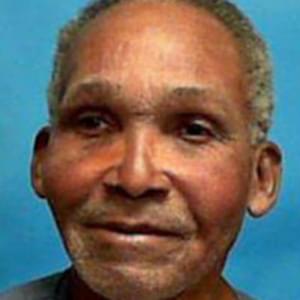
A new study published by Professors Jon Gould (l.) of American University and Richard Leo of the University of San Francisco, along with other researchers, examined factors that have contributed to wrongful convictions in criminal cases. The study compared cases in which “guilty” defendants were eventually exonerated to those in which defendants were not convicted in the first place. The researchers found a number of variables that separated wrongful convictions from so-called “near misses,” including the criminal history of the defendant, withheld exculpatory evidence, errors with forensic evidence, and inadequate representation. With respect to the death penalty, the researchers found that states with higher use of the death penalty were more likely to produce wrongful convictions, even in cases that did not involve capital punishment. The authors offered a possible explanation for this effect, saying, “In a punitive legal culture, police and prosecutors may be more interested in obtaining a conviction at all costs (leading to greater Brady violations, etc.), and community pressure may encourage overly swift resolutions to cases involving serious crimes like rape and murder.” The researchers recommended changes to the justice system to limit wrongful convictions, including better funding for indigent defense, earlier testing of forensic evidence, and subjecting forensic labs to peer review.
(J. Gould, et al., “Predicting Erroneous Convictions,” 99 Iowa Law Review 471 (2014) (available on Westlaw); DPIC posted April 17, 2014). See Studies and Innocence.




